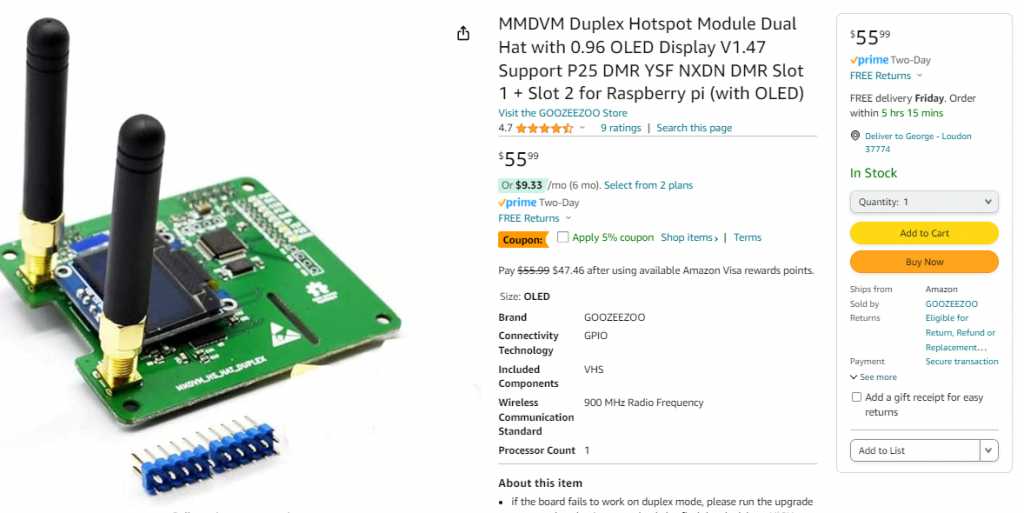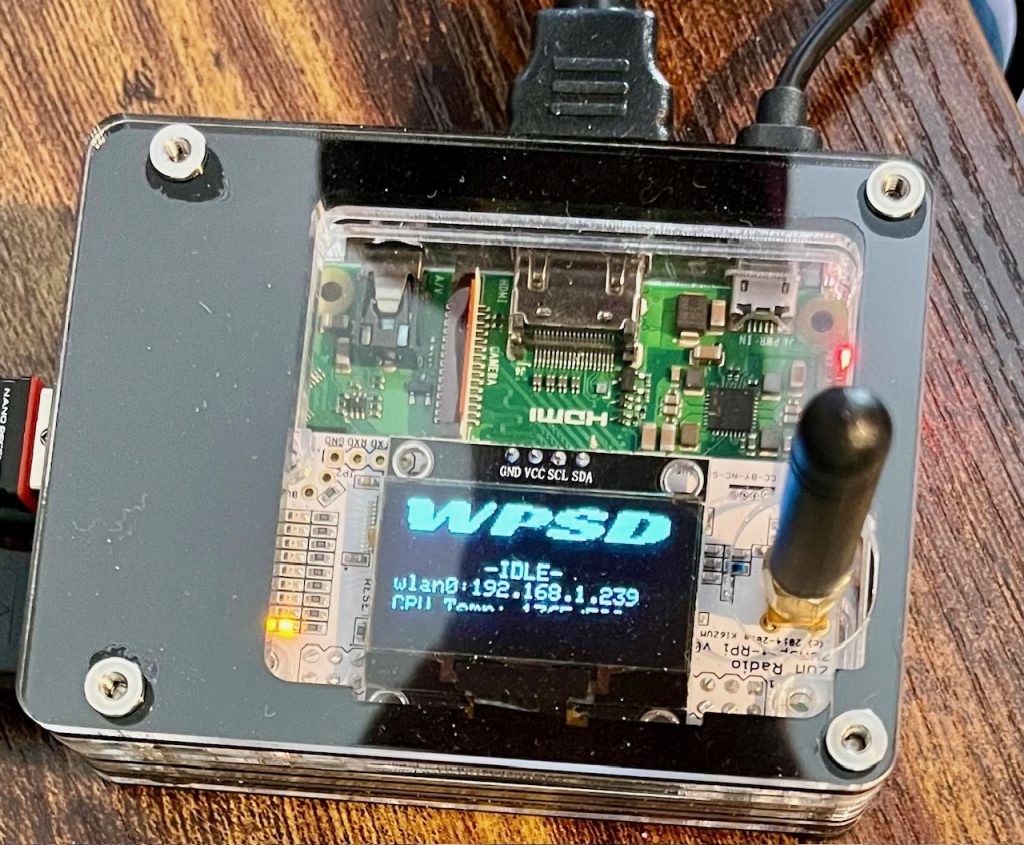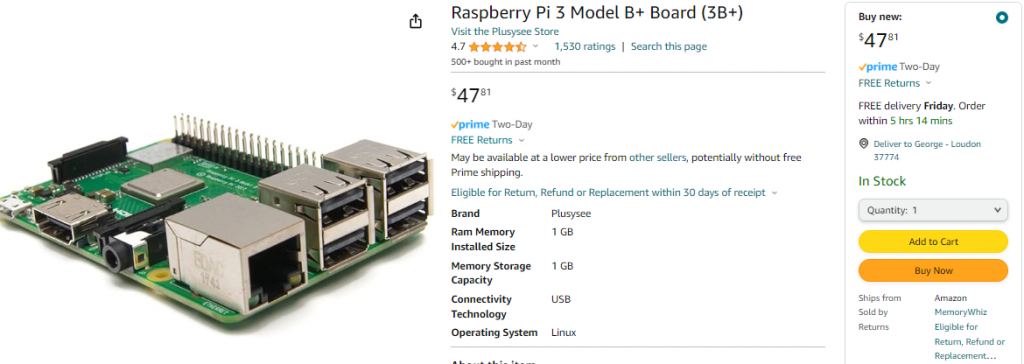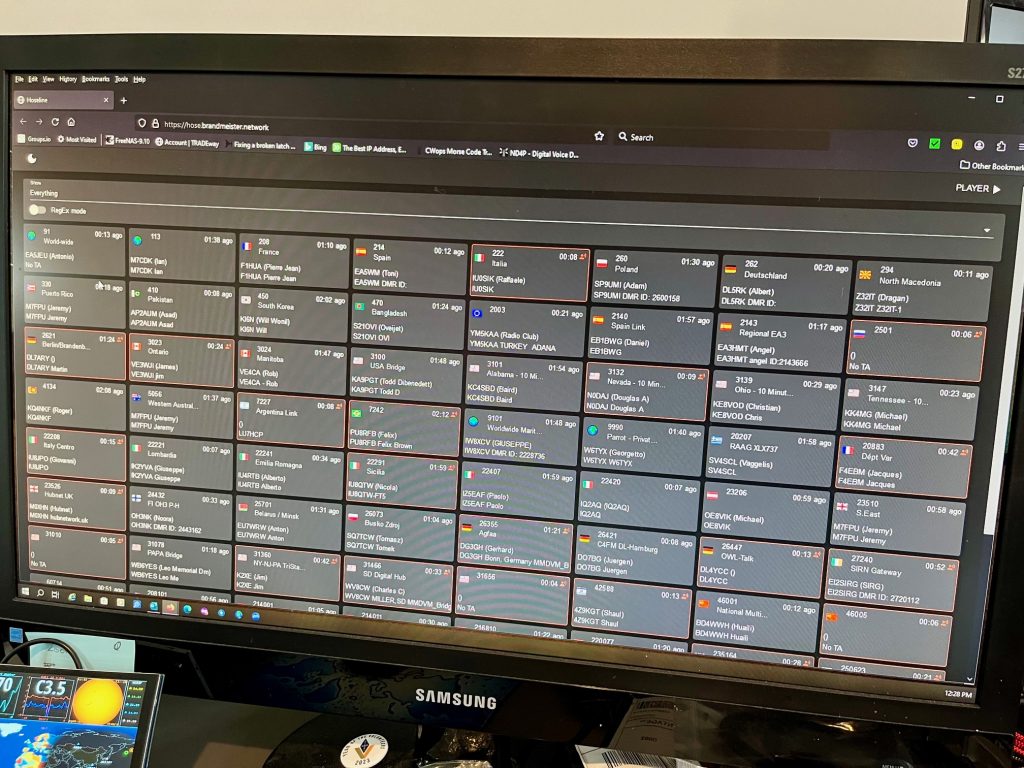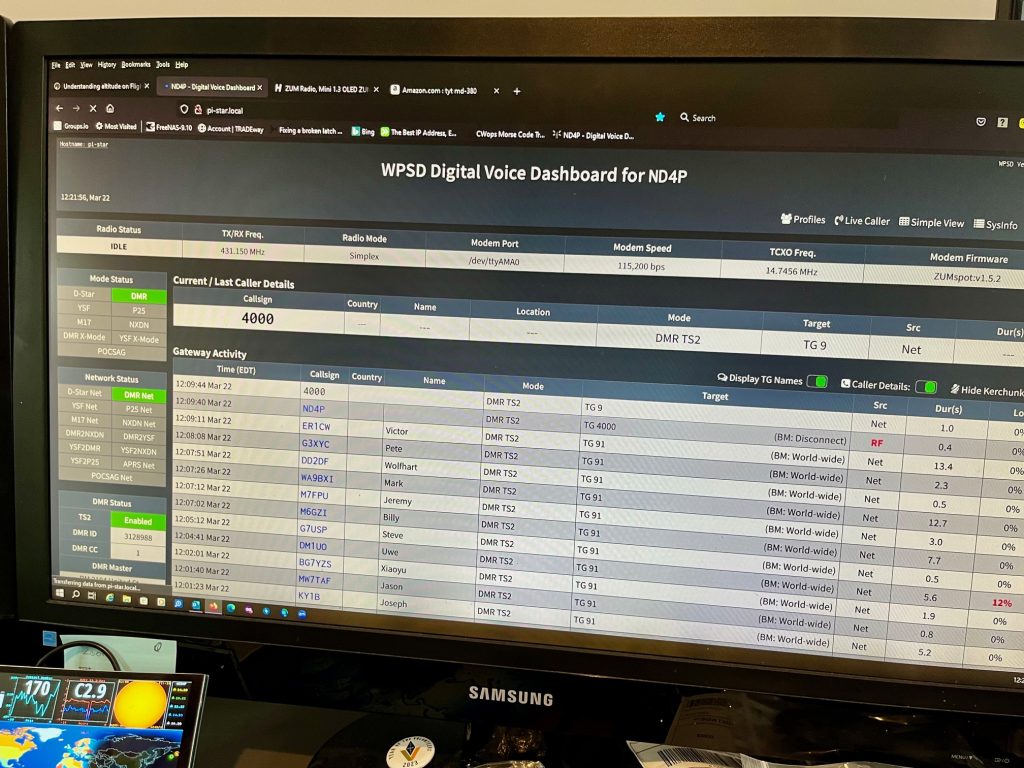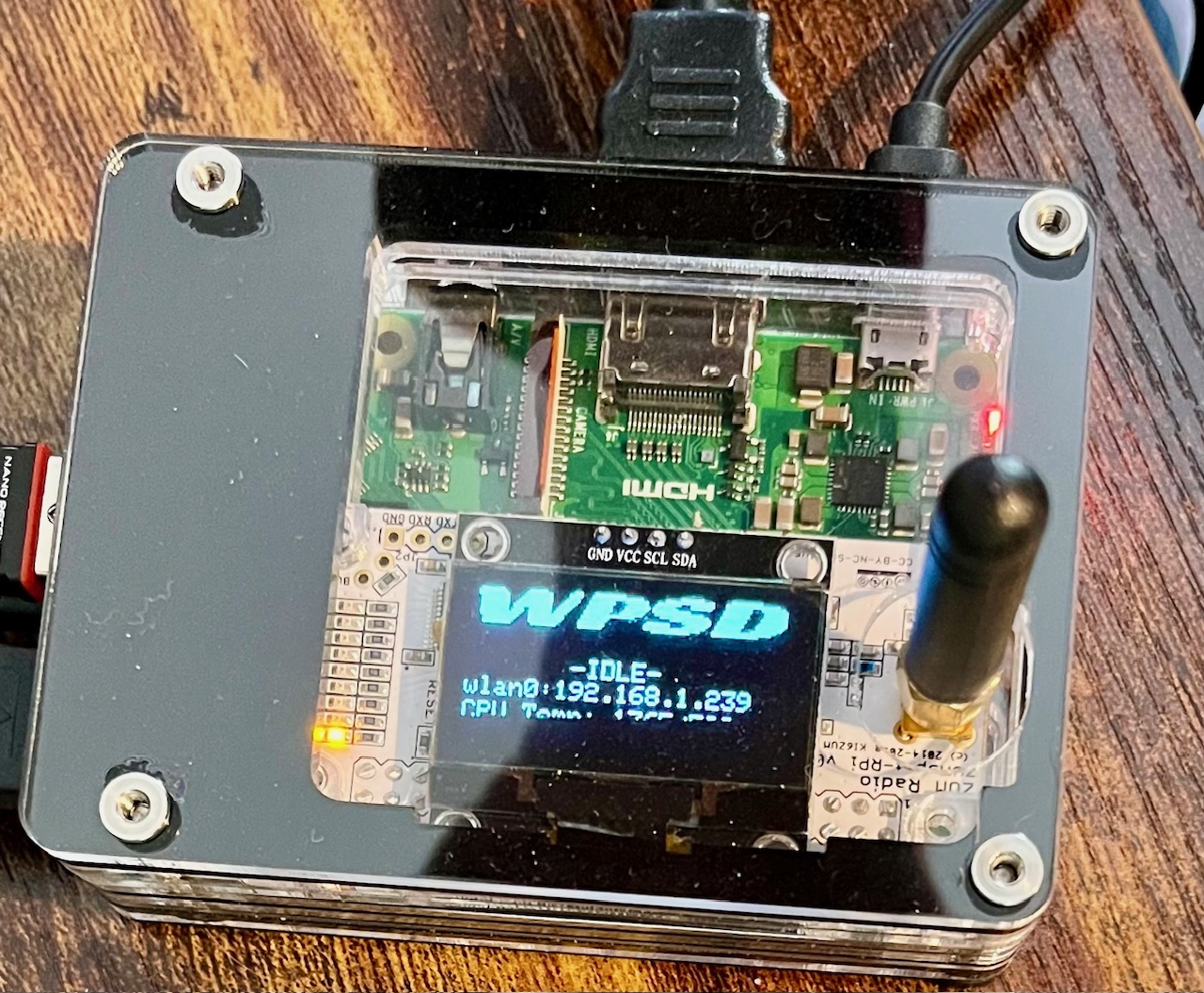(Excerpted, in part, from an article by Mark Haverstock, K8MSH)
Amateur Radio always seems to have a strange affinity for acronyms. Here’s a new one to add to the alphabet soup: MMDVM. It’s what helps you connect to other hams using one or all of the digital modes listed above.
MMDVM stands for Multi Mode Digital Voice Modem. Simply put, it’s your Internet gateway to a particular digital network of hams. You can use an MMDVM hotspot if you don’t have a digital repeater nearby or simply want some other options. Basically, hotspots are your own personal digital voice repeater and gateway.
A personal, low-power hotspot is a combination of hardware, firmware, and software that lets an amateur radio operator with an Internet connection link directly to digital voice (DV) systems around the world. With a transmitter power of around 10mW, a hotspot acts as a personal repeater so you can connect to a variety of digital radios and digital networks using an HT or mobile radio, including:
- D-STAR: Digital Smart Technologies for Amateur Radio
- DMR: Digital Mobile Radio
- YSF: Yaesu System Fusion
- P25: Project 25
- NXDN: Next Generation Digital Narrowband
Also, some cross-mode capabilities exist, from DMR to YSF (DMR2YSF) for example. There’s no need to buy multiple digital radios.
For someone who doesn’t live within range of a digital voice repeater, a hotspot goes beyond being just cool technology to being a critical key to accessing digital voice systems. This can be a device that opens doors to worldwide contacts for those with Tech licenses or hams who live in HOA neighborhoods.
How it Works
Here’s a very simplified diagram of what it looks like when you connect via your hotspot:

This is like the WiFi access point that you may have in your house for Internet access or a repeater that works via an Internet server. It’s your own personal access point with your call sign attached, under your control, configured the way you like. Configuration is done through a free program called Pistar. Once installed and set up, Pistar can be accessed through any Internet browser on any computer.
The basic Jumbospot (which is actually tiny) has two main components, a Raspberry Pi Zero and an attached MMDVM board known in Pi-speak as a HAT—Hardware Attached on Top. This RF board sends signals from the Internet to your digital HT, as well as sending your transmitted signal back to the Internet. A miniature display shows you which mode is active if there is a station transmitting, and what their callsign is. You can also see the IP address of the hotspot. The Zumspot has a similar configuration but instead uses a more advanced Raspberry Pi 3 or 4 board and generally has a larger display. It includes an Ethernet port, which simplifies setup.
Now for some Hardware, for example, at the QTH of Bob ND4P …
